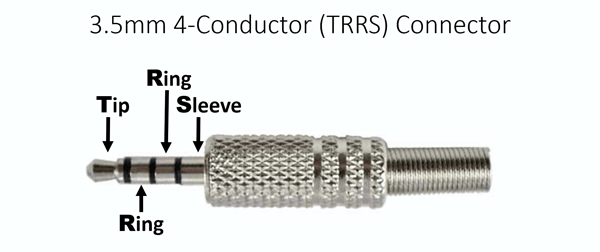OP
supremekizzle
Member
@supremekizzle and @sharpcolorado Did you read any of my posts in this thread. I now redid this with my SP3 and it works here also. Mine has a 4 contact plug (see above}. One caveat though, you must remove it to playback the recorded sound file.
It will show up as a microphone headset.
Yes I read your replies. I know that the 4 ring ones will work, but I'm looking for a solution to get nine to work.
@sharpcolorado do you think I'll run into the same issues with either one of these? What would be some pros/con's with going stereo over mono, except for larger files?
http://www.amazon.com/gp/aw/d/B000BTAH62/ref=mlt_B0007N55K0_B000BTAH62
http://www.amazon.com/gp/aw/d/B0007N55K0/ref=mlt_base_B0007N55K0
My thinking is this, if I have to finagle with adapters and jerry rigging, I might as well upgrade to a better mic anyway. That is, if either one of those two would work, as is....

